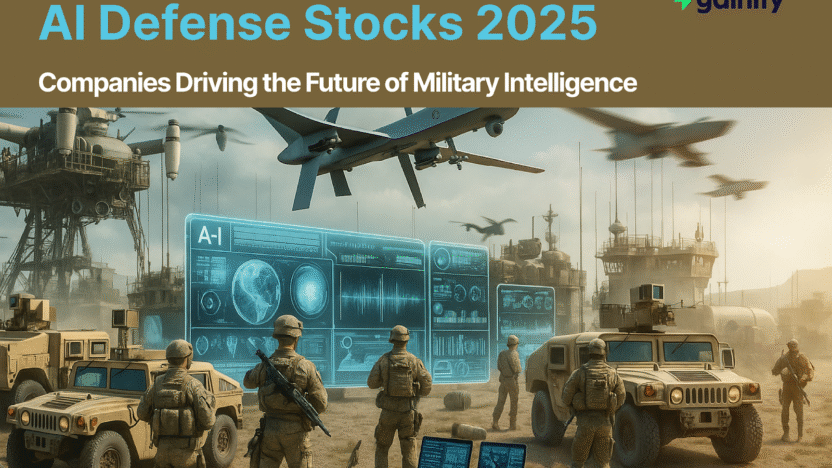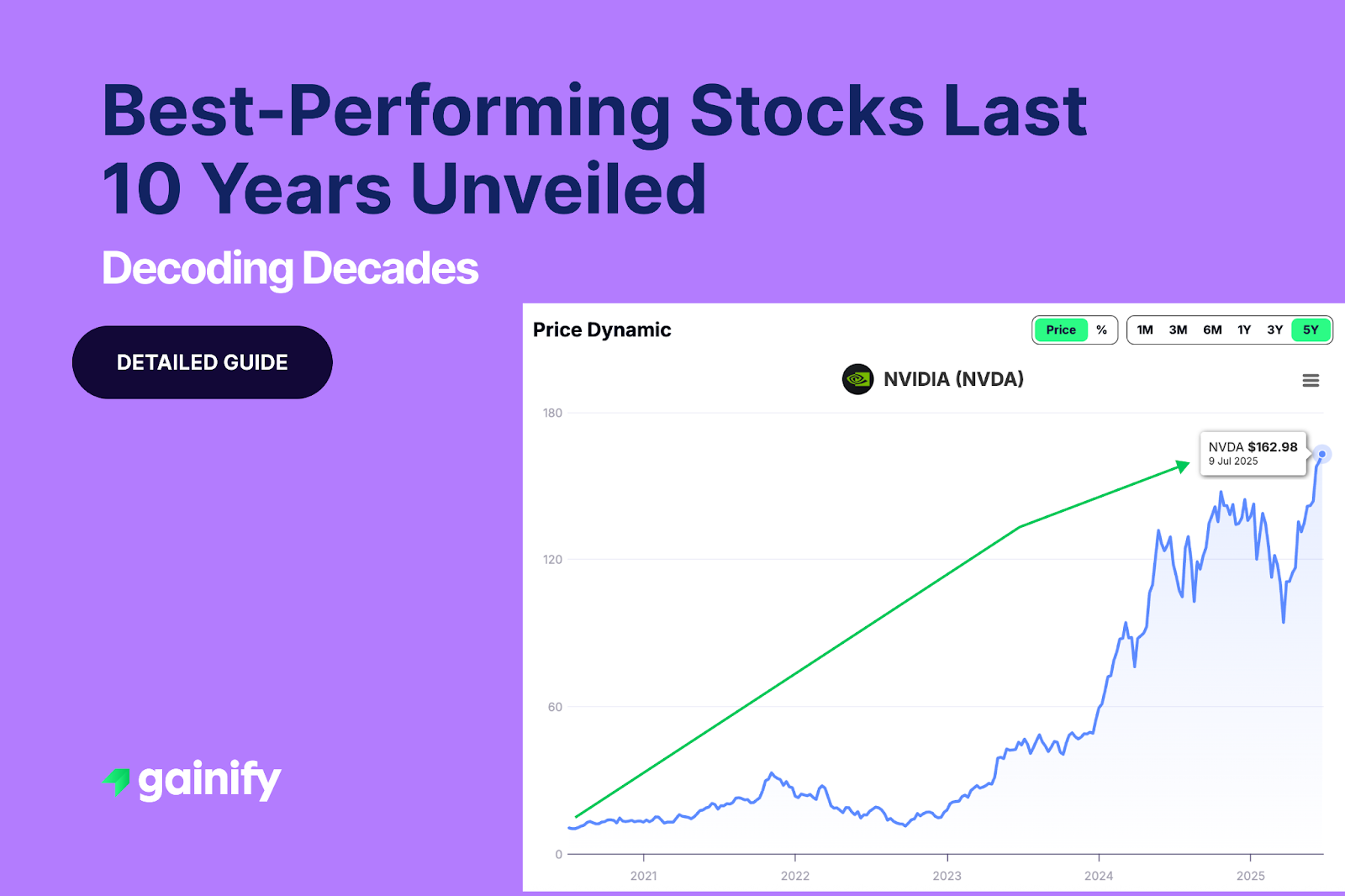Artificial intelligence is moving from theory to frontline use in the defense sector. It is no longer a concept being tested in isolated labs. It is appearing in pilot programs, early-stage deployments, and government contracts that will define the future of national security. AI is being built into systems that can see farther, think faster, and act with precision in situations where human decision-making alone is not enough.
This transformation is being fueled by both defense contractors and advanced technology companies. Governments are investing heavily in AI to keep pace with the rapid evolution of threats. They want systems that can process vast amounts of data, detect patterns too complex for humans to see, and act in fractions of a second.
The potential is enormous, but so are the challenges. AI for defense must operate in highly secure environments, integrate with existing hardware, and deliver reliable results under unpredictable conditions. For investors, this combination of high potential and high complexity creates a market that is both promising and demanding.
In this article, we will look at the top five stocks in AI defense, examine where AI could be applied in military contexts, review the main risks facing the sector, and identify what factors may determine which companies emerge as leaders in the years ahead.
Where AI Could Be Applied in Defense
AI in defense is not a single product. It is a set of capabilities that can be integrated into many types of military systems and operations. Key areas include:
- Battlefield decision-making: AI platforms can combine satellite imagery, sensor data, and human intelligence into a single picture, helping commanders make faster, better-informed decisions.
- Autonomous vehicles: AI enables drones, ground vehicles, and underwater systems to operate with minimal human control, extending reach into dangerous or inaccessible areas.
- Threat detection and tracking: Machine learning models can identify unusual patterns in radar or sonar data, detect stealth aircraft, or locate submarines with greater accuracy.
- Cyber defense: AI can detect network anomalies, identify intrusions, and respond to cyber threats more quickly than human analysts.
- Logistics and maintenance: Predictive algorithms can forecast equipment failures and optimize supply chains, reducing downtime and operational costs.
- Simulation and training: AI can generate realistic combat scenarios for training personnel and testing new strategies without risk.
Top Stocks in AI Defense
1. Lockheed Martin (LMT) – AI-Enhanced Defense Platforms
Where AI is Used:
Lockheed applies AI to the F-35 fighter jet for sensor fusion and target prioritization, and to missile defense systems for tracking and interception. The company is also developing AI tools through its Astris AI division for aerospace and combat platforms.
Why It Matters: Faster decision-making and improved targeting can be decisive advantages in combat.
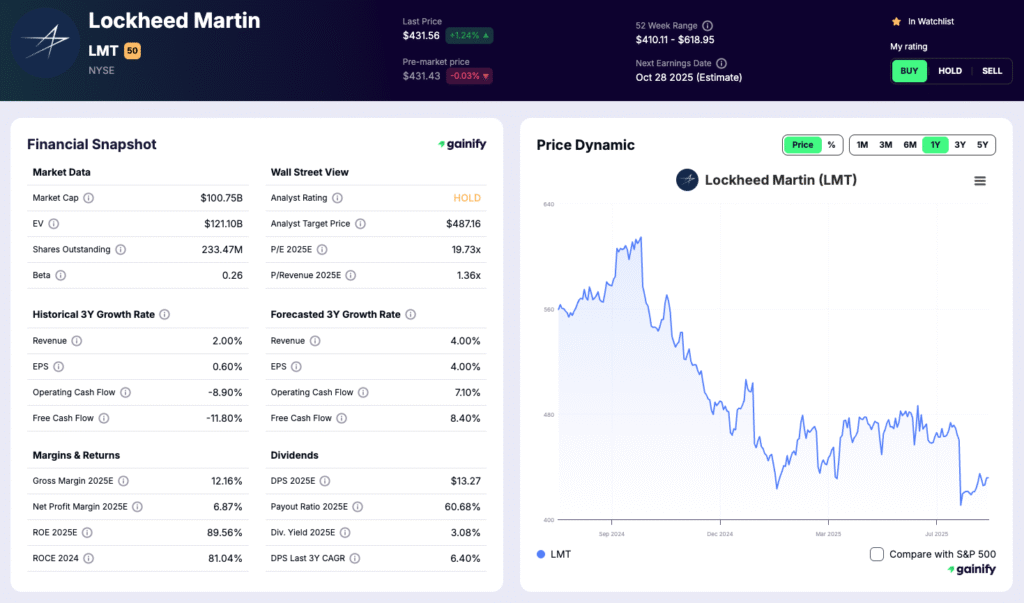
2. Palantir Technologies (PLTR) – AI for Battlefield Decision-Making
Where AI is Used:
Palantir’s Gotham software integrates intelligence from multiple sources, while its Apollo platform deploys AI models directly into defense networks. Both are used for mission planning, intelligence analysis, and live threat detection.
Why It Matters: Consolidating complex data into actionable insights improves both the speed and quality of operational decisions.
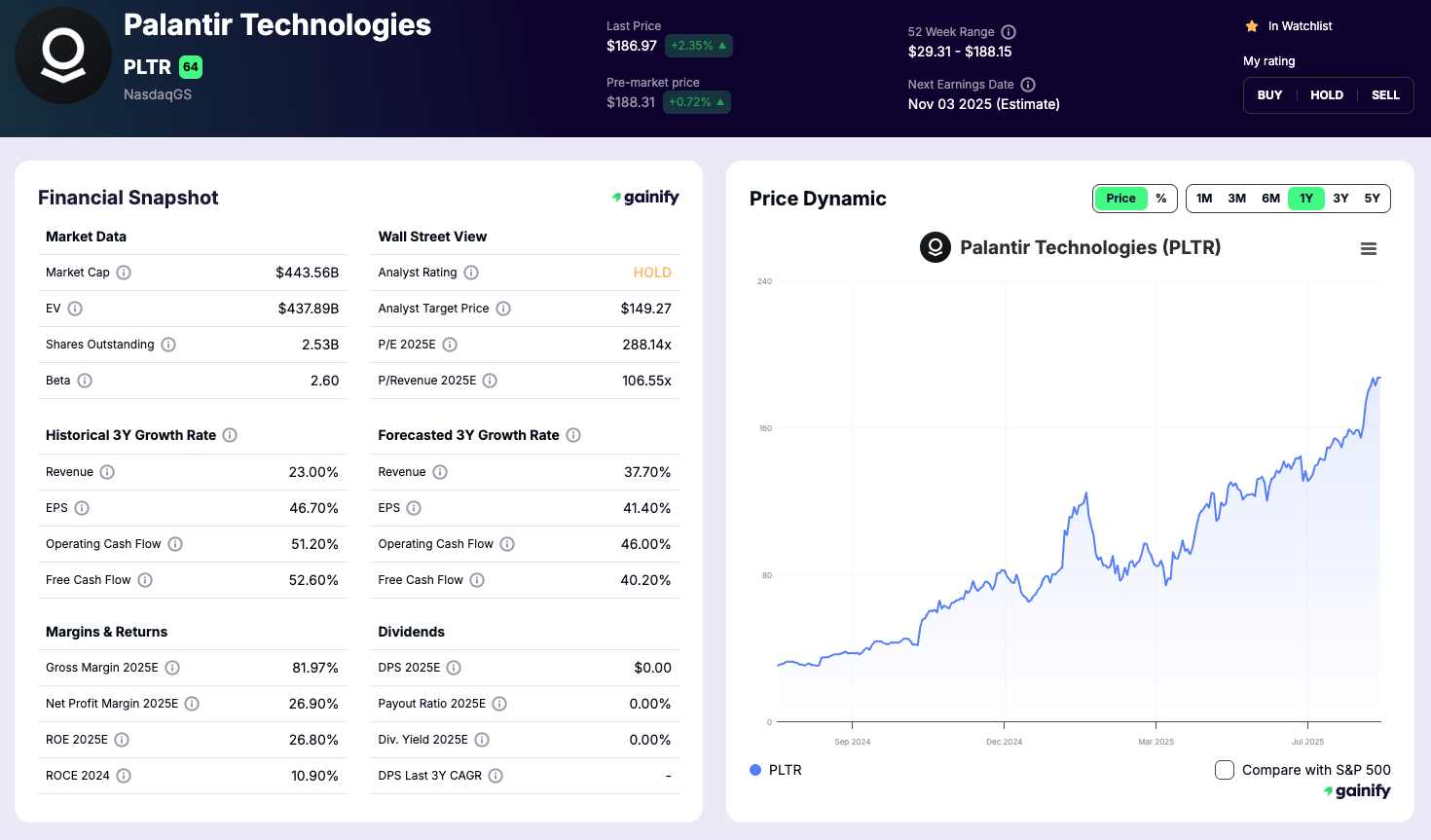
3. BigBear.ai (BBAI) – Predictive Military Intelligence
Where AI is Used:
BigBear.ai specializes in decision intelligence and predictive analytics. Its VANE platform has been tested in large-scale military exercises to forecast adversary actions and recommend countermeasures.
Why It Matters: Anticipating enemy moves allows for more proactive and effective responses.
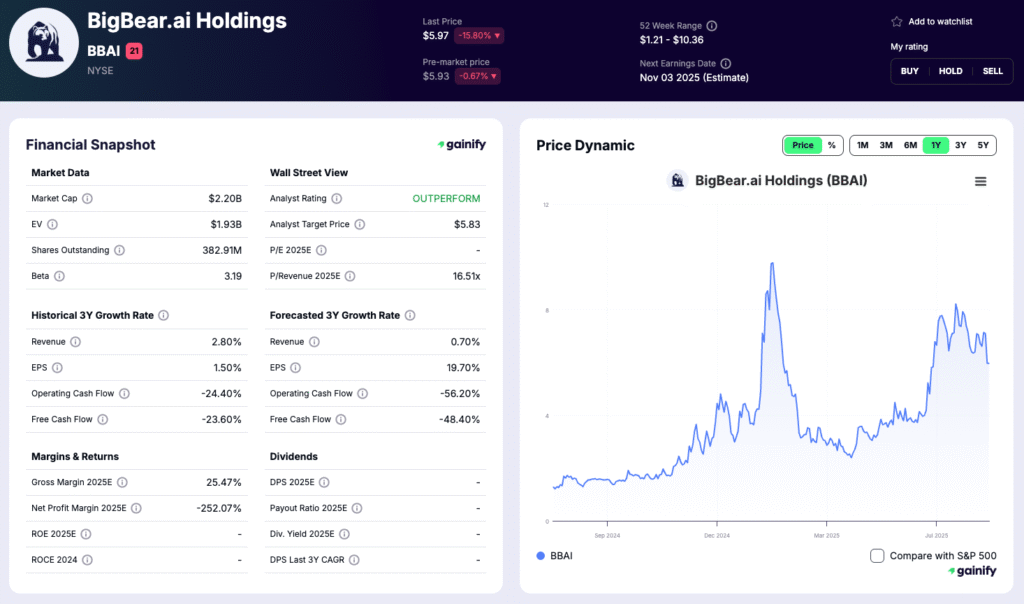
4. Anduril Industries – Autonomous Battlefield Systems (Private Company)
Where AI is Used:
Anduril’s Lattice AI platform powers autonomous drones, surveillance towers, and underwater vehicles. These systems can operate with limited human oversight, even in contested environments.
Why It Matters: Autonomy increases operational flexibility and reduces the need for personnel in high-risk zones.
5. Kratos Defense & Security Solutions (KTOS) – AI in Unmanned Aircraft
Where AI is Used:
Kratos produces low-cost unmanned aerial vehicles and drone swarms with AI for navigation, targeting, and formation coordination.
Why It Matters: Swarming drones can be used for surveillance, training, or active combat while reducing risk to pilots.
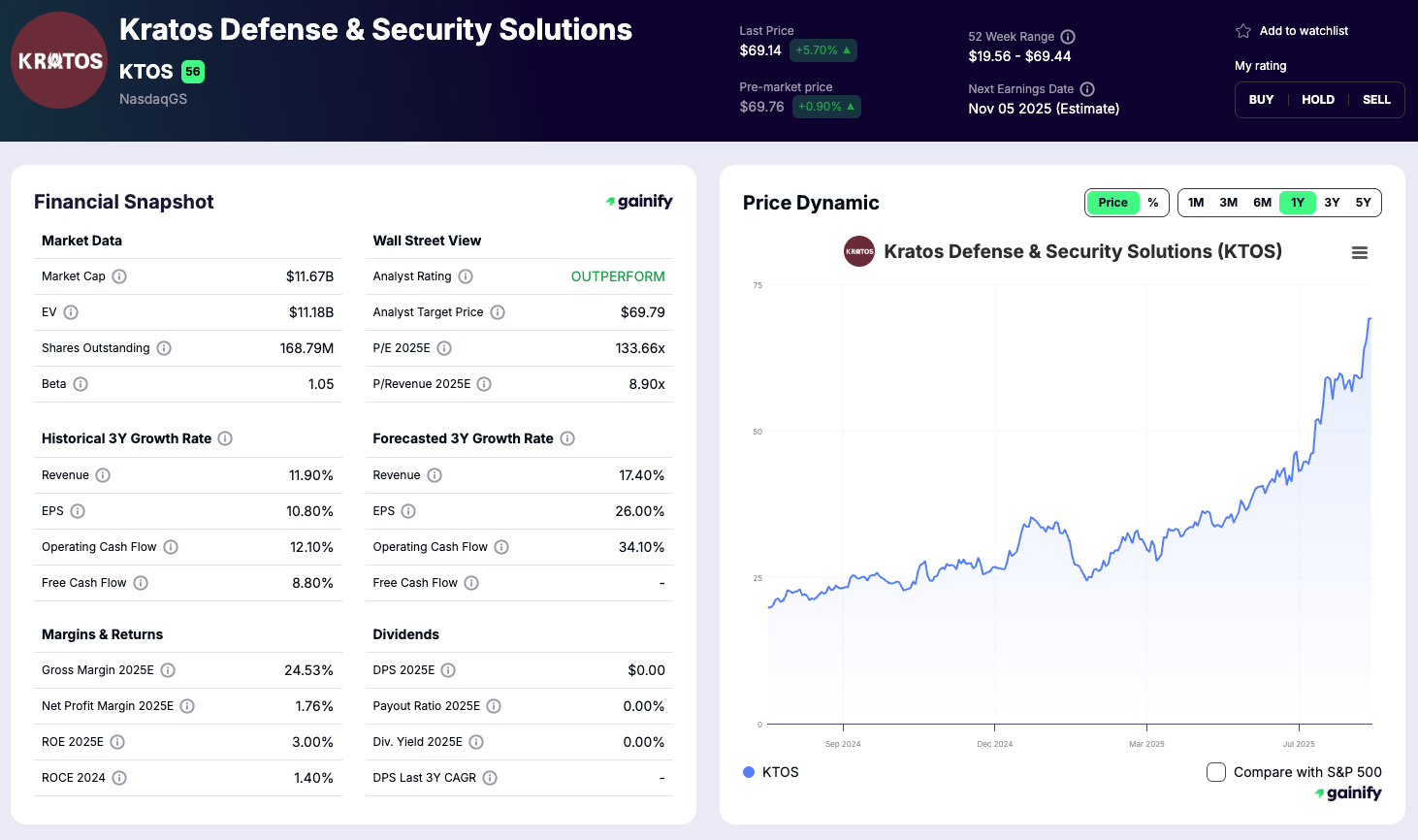
Risks and Reality Check
AI defense technology is advancing quickly, but its adoption is shaped by several complex factors. Many systems are still in early testing, and large-scale deployment can take years due to procurement cycles, safety certifications, and integration requirements. Even after a technology is proven, deployment across the armed forces is gradual and can be delayed by shifting priorities.
Revenue from AI defense programs is highly dependent on contract timing. Companies like BigBear.ai have already experienced fluctuations when anticipated deals were postponed. Even established players can face budget adjustments if political or strategic priorities change.
Technical performance is another challenge. AI systems in defense must operate under extreme conditions with no margin for error. Unlike commercial AI applications, these systems cannot fail without severe consequences. This makes development slower and more expensive, as each feature must be extensively tested.
The competitive landscape is growing. Traditional defense primes, emerging AI-focused firms, and major technology companies are all working on overlapping capabilities. In many cases, winning a single high-profile contract can create a dominant position in a niche for years, while those that lose out may have to wait for the next opportunity.
Export controls and classified project requirements further limit the commercial potential of some AI defense technologies. While these measures protect national security, they can also reduce international sales opportunities, affecting revenue growth for certain companies.
For investors, the key is to focus on firms with proven execution, stable funding sources, and the ability to integrate AI into multiple domains of defense operations. The opportunity is real, but success requires patience and careful position sizing.
Final Take
The AI defense market is evolving into one of the most strategically important segments of the global economy. Programs like the Tactical Intelligence Targeting Access Node and Project Maven show how AI is becoming embedded into the command structure, from intelligence gathering to operational planning.
The most valuable companies will combine proprietary AI with scalable deployment, secure infrastructure, and cross-domain integration. Their systems will not only serve military purposes but may also influence commercial sectors through dual-use technologies like facial recognition, anomaly detection, and autonomous navigation.
Key investor insights:
- Leadership will go to companies that integrate AI across land, sea, air, space, and cyber operations.
- Technologies with both defense and civilian applications offer more diverse growth potential.
- Partnerships with secure cloud providers and AI infrastructure companies can accelerate deployment.
- Long-term contracts with defense agencies remain the most reliable source of revenue stability.
- Innovation speed will determine who stays ahead in a rapidly evolving field.
For investors able to take a long-term view, AI defense stocks represent an opportunity to participate in a sector that will shape both national security and future technological standards. The path will be uneven, but the rewards for those who identify the winners early could be substantial.
